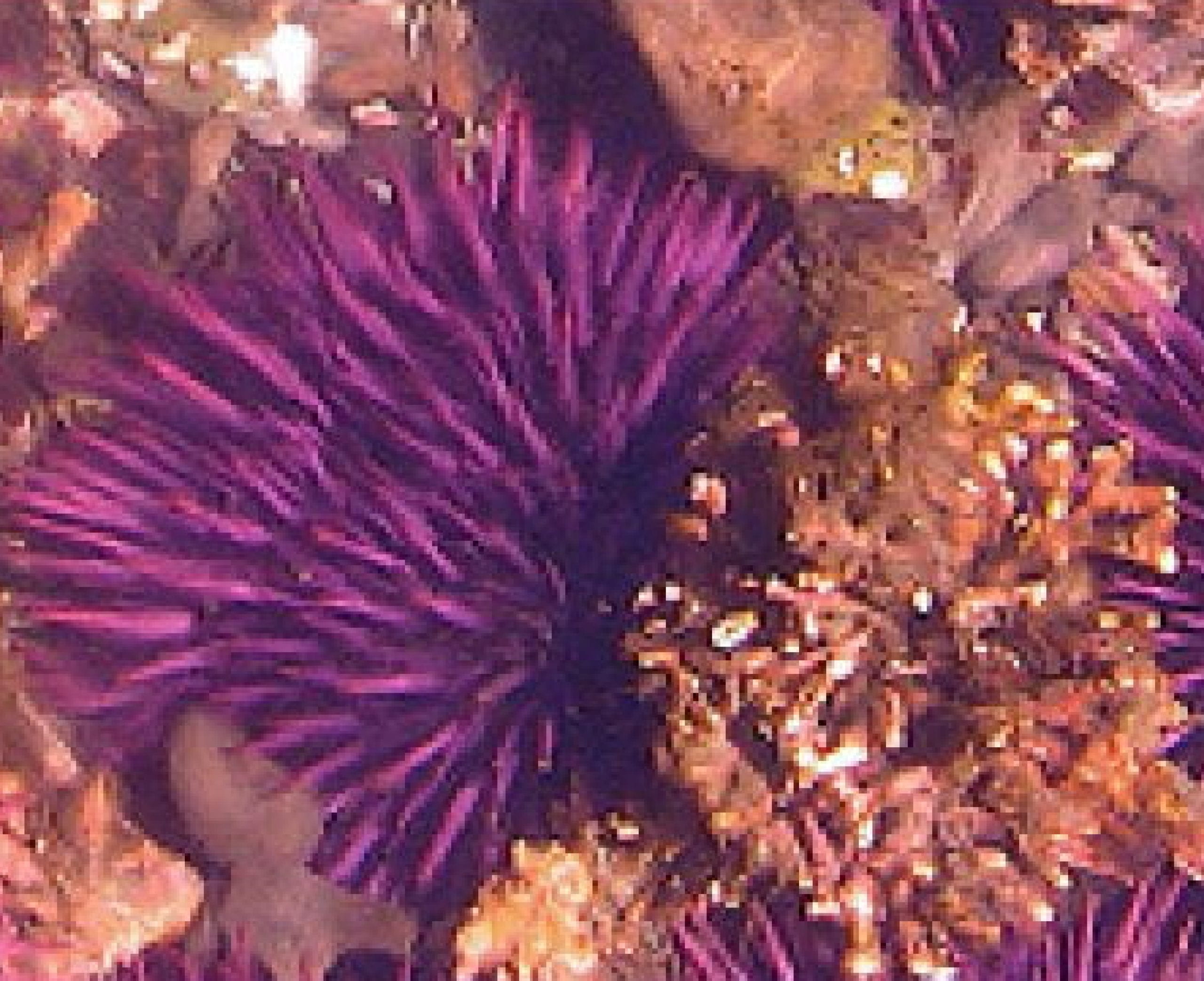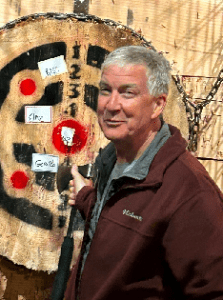
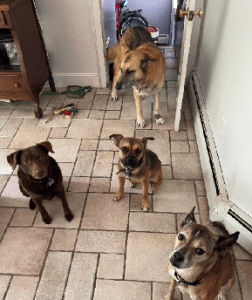

They call me Wessel, Gary Wessel (he/him), ‘cause that’s my name. I am interested in anything reproduction, especially how embryos decide to make their germ line, and how oocytes are made. Oh yeah – and fertilization too, and even some parts about the gonad. And some other stuff. I have been known to throw a mean axe or two, hang with the dogs, commute on the bike (all 2 km), and use sparklers to bright up the night and the spirit. Super lucky to be here and now.
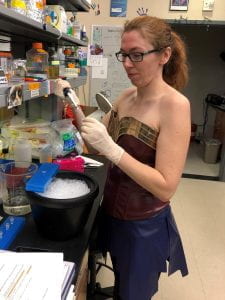

I’m Nathalie (she/her) and I know Nanos2 is awesome and super cool. It is a translational regulator essential to maintain the primordial germ cells quiescent in sea urchin. I love post-transcriptional and translational regulations and how they function to regulate cell fate during embryonic development. I love working with people in the lab, we have a lot of fun playing with science. Nanos2 is not my only passion in life, I also love working out. My favorite tool is the kettlebell. I was a Wonder Woman Scientist lifting kettlebells for Halloween. I love walking in the forest, hiking the mountains, and doing obstacle courses. I try to walk my beautiful cat Kookie baby angel everyday before going to work and he gets mad when I don’t have time.
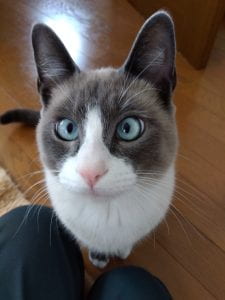
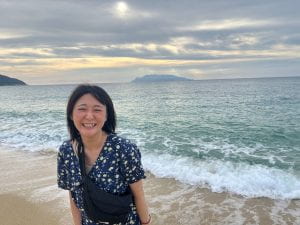
Hi, I’m Haruka (she/her) from Japan! I like ocean and marine organisms, and I’m interested in their developmental process. In the lab, I research how fate change is accomplished in germline cell removed embryos. I like microinjection and micromanipulation. Outside of the lab, I like snorkeling, listening to J-rock, cycling, and looking at pictures of Kojiro (he lives in my parent’s home).

beatrice_steinert@brown.edu
Beatrice Steinert (she/her): I am a developmental biologist, science and technology studies (STS) scholar, artist, and educator. My work looks at the processes that shape developing organisms (morphogenesis) and the visual culture of studying these microscopic phenomena since the end of the nineteenth century. In the Wessel Lab, I’m working on the morphogenesis of gastrulation and metamorphosis in echinoderms. I embrace complexity in biology and and am committed to making scientific research more accessible, engaging, and inclusive. I am a co-founder of Unfiguring [www.unfiguring.org], a project exploring how the arts can transform contemporary STEM, and a Provost’s STEM Postdoctoral Fellow at Brown.

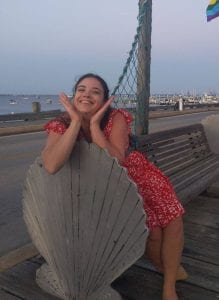

Hey it’s Madi (she/her) here, resident lab marine biologist and research assistant. I’m a Rhode Island native who’s fascinated by the ocean and all it’s creatures. You can find me most days in the aquarium room taking care of the urchins and stars, at my bench trying my hand at molecular biology, or keeping our lab spaces (and fellow scientists) tidy. I’ve usually got an audiobook playing in my headphones during the day, thrillers are my current favorite, and after work I love to cook, do crafts, watch reality tv, and spend time with my huge family.
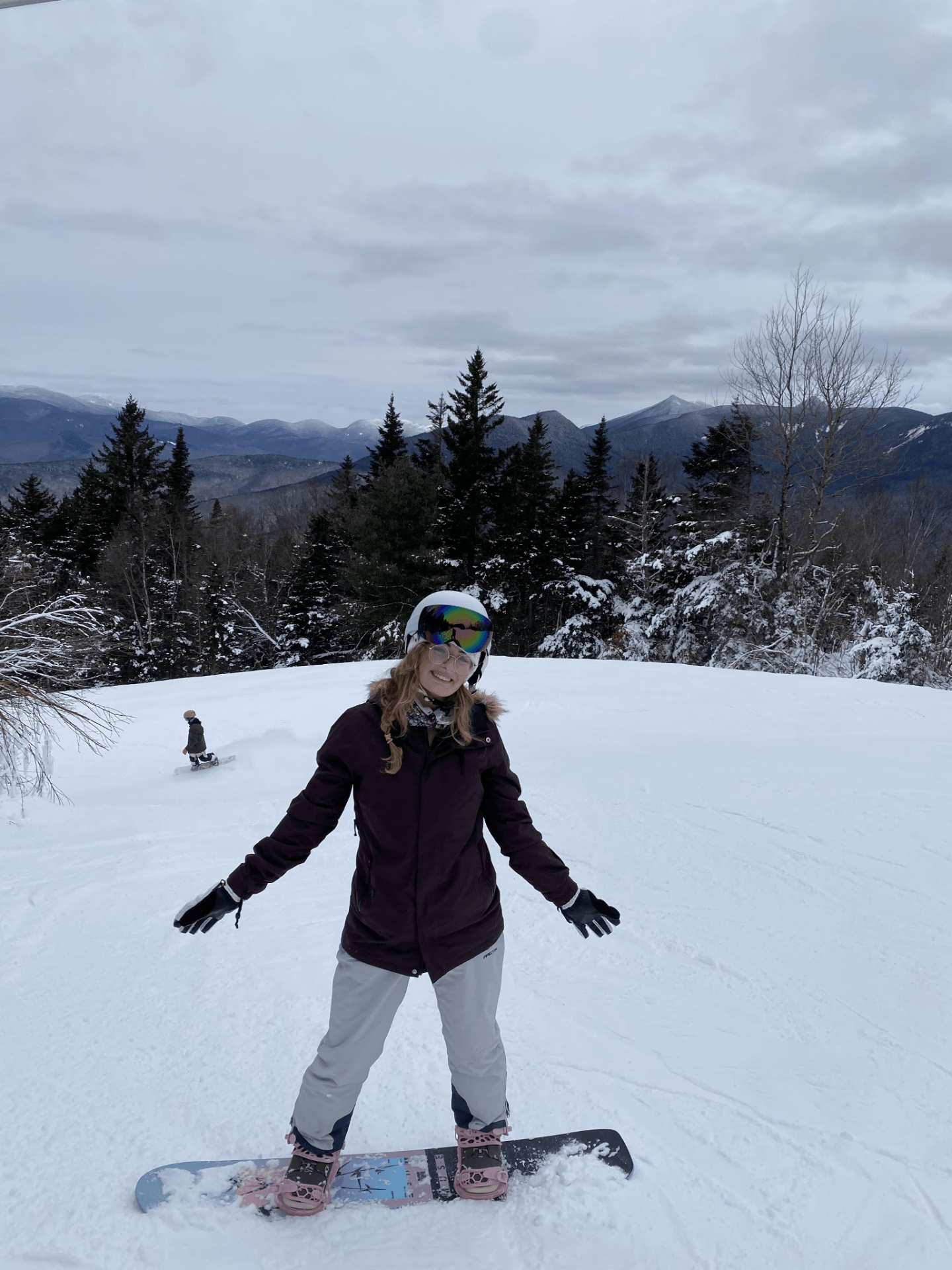

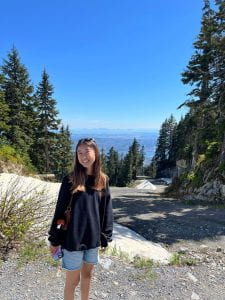

Hi! I am Min Sung Ellie Kim (she/her) an undergraduate student in the Class of 2026 from New York, but I have also lived in Vancouver for 8 years and Seoul for 4 years. At Brown, I am concentrating in Biophysics and am a pre-medical student. In the lab, I am researching estrogen responsive genes in echinoderm ovaries. I am so lucky to be learning from everyone! I love Taylor Swift, teaching K-12 science, and volunteering at the Children’s Hospital.


